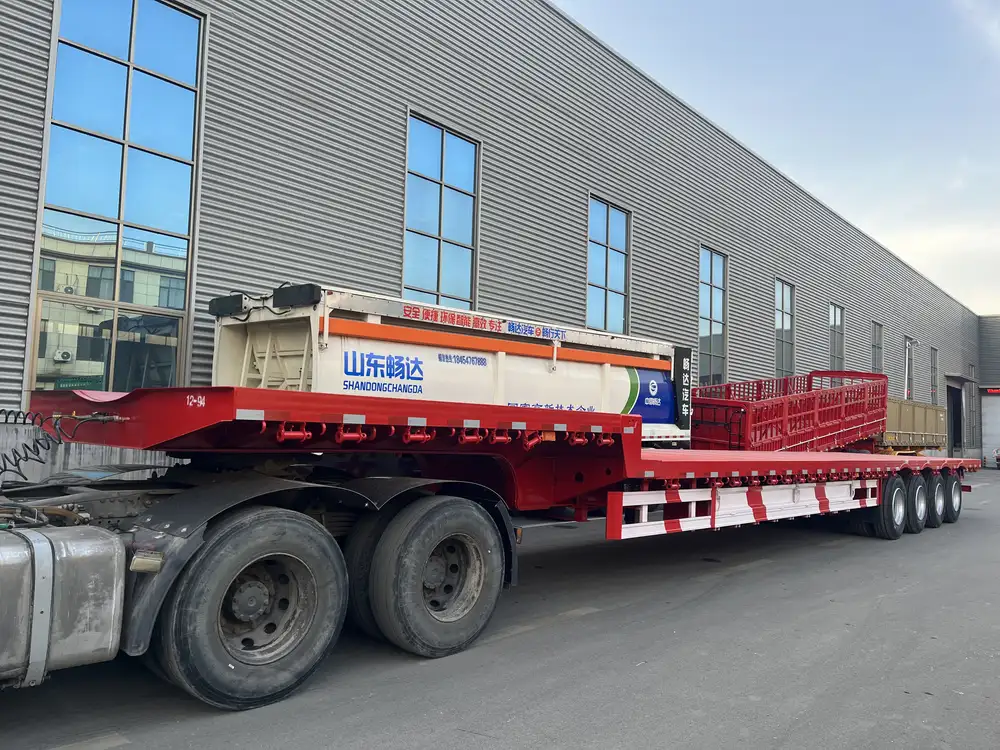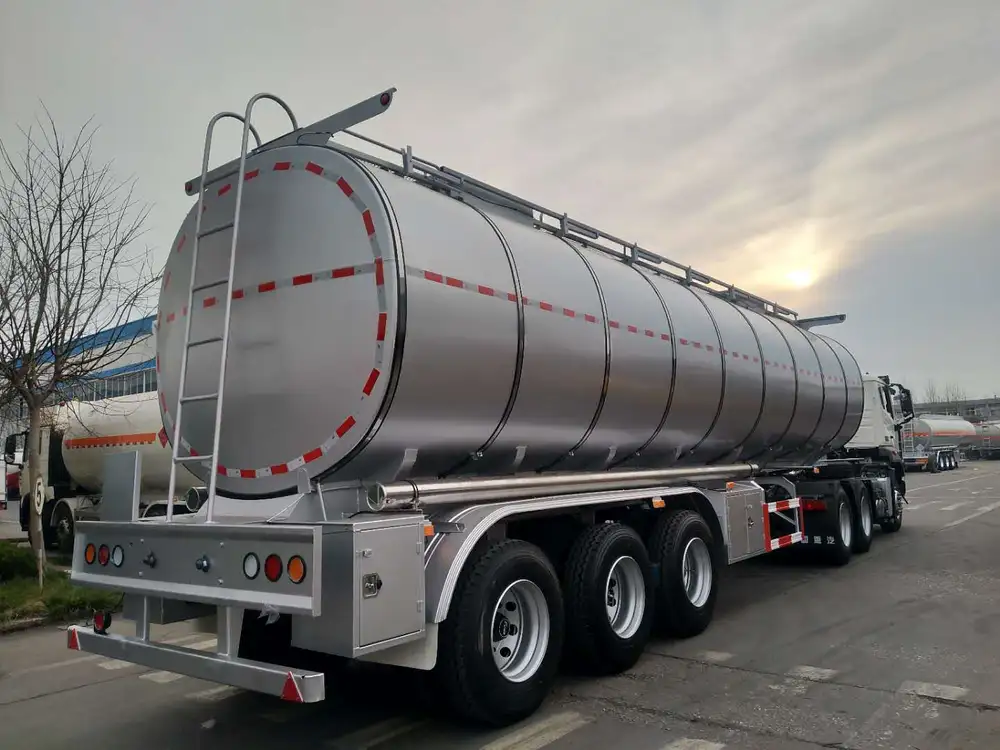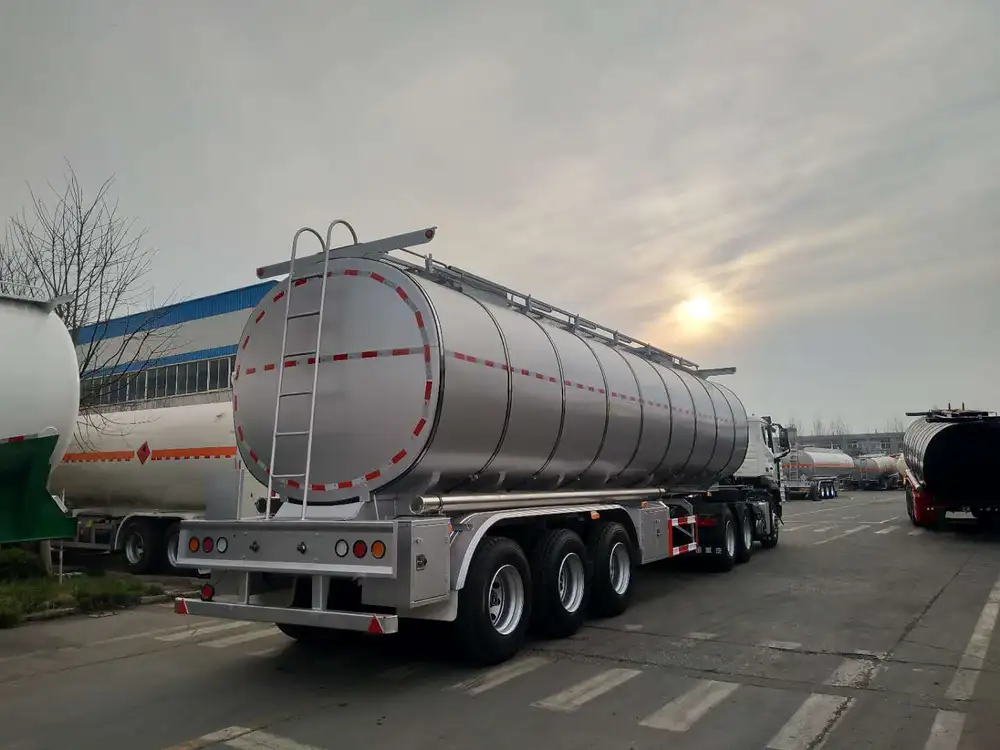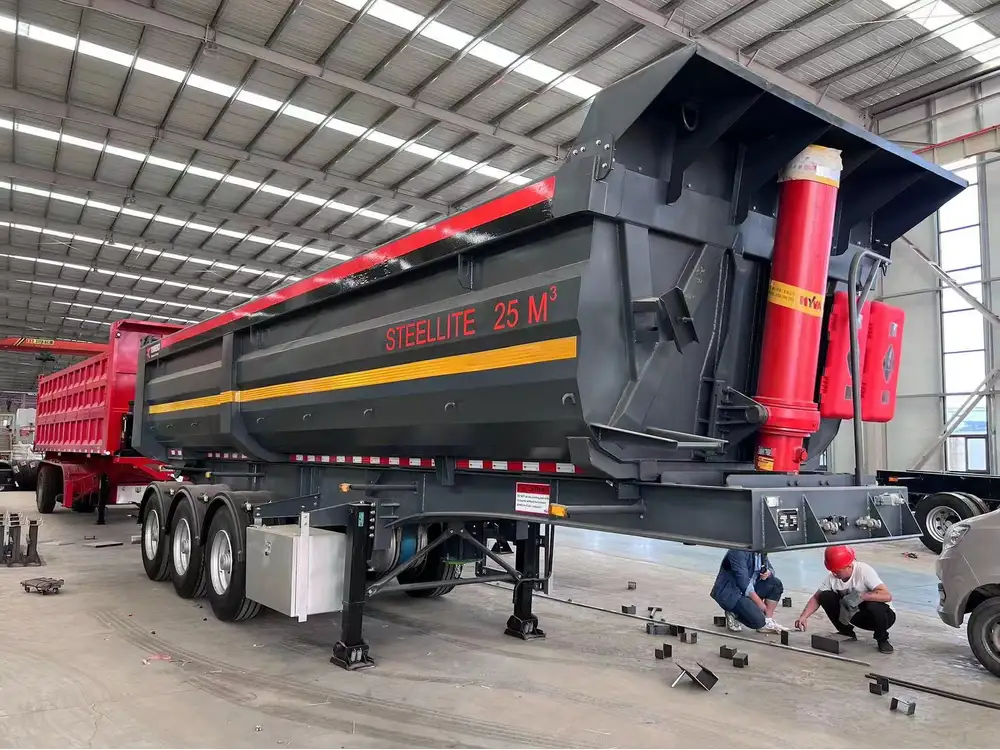Maintaining a travel trailer is paramount for ensuring a safe and enjoyable experience while on the road. One critical component that is often overlooked is the water tank. Proper cleaning and maintenance of your travel trailer’s water tank can prevent health risks associated with contaminants and ensure that your water supply remains fresh and safe for consumption. In this guide, we’ll walk you through the steps for effectively cleaning your travel trailer’s water tank, addressing common issues and offering valuable tips along the way.
Why Regular Cleaning of Your Water Tank is Essential
Contaminants and Bacteria
Water tanks in travel trailers can harbor bacteria, mold, and other harmful microorganisms if not properly maintained. This is particularly true if water has been left stagnant for extended periods. Regular cleaning helps to eliminate these potential health hazards.

Preventing Odors and Unpleasant Tastes
Minerals and sediment buildup can cause foul odors and off-putting flavors in your drinking water. Cleaning your water tank can save you from an uncomfortable experience while on your adventures.
Extending the Lifespan of Your Tank
Consistent maintenance helps in extending the lifespan of your water tank by preventing corrosion and buildup that can lead to costly repairs or replacements.
Step-by-Step Guide to Cleaning Your Water Tank

Gather Required Equipment and Supplies
Before you begin the cleaning process, ensure you have the following items on hand:
| Equipment/Supplies | Purpose |
|---|---|
| Bleach (unscented) | Disinfects the tank |
| Bucket | Mix cleaning solution |
| Water Hose | To rinse the tank after cleaning |
| Funnel | Helps pour cleaning solution into the tank |
| Soft Brush or Sponge | For scrubbing tank walls (if needed) |
| Measuring Cup | To measure bleach accurately |
| Rubber Gloves | Protects your hands while cleaning |
| Eye Protection | Shields your eyes from any splashes |
Step 1: Preparation
Empty the Tank: Before you clean, ensure that your water tank is completely drained. Open all faucets within the trailer to allow any remaining water to escape. You can also use a pump to fully remove the water from the tank.
Protect the Environment: Make sure to clean the tank in an area where the diluted bleach won’t harm vegetation or the ecosystem.
Step 2: Create the Cleaning Solution
- Mix the Bleach Solution: In a bucket, combine 1 cup of unscented household bleach with 5 gallons of water. This ratio will create an effective disinfectant that is safe for use in cleaning your water tank.

Step 3: Introduce the Cleaning Solution
Fill the Tank: Using a funnel, pour the bleach solution into your water tank. If your tank has a designated access port, utilize that for easier access.
Fill with Fresh Water: Once the bleach mixture is in, fill your tank with fresh water until it is full.
Agitate the Blend: To ensure thorough mixing, turn on the water pump and open all faucets until bleach water runs from each tap. This process will also disinfect the plumbing system.
Step 4: Let It Soak
- Soaking Time: Allow the bleach solution to sit in the tank for at least 4 hours and up to 12 hours. This will ensure that the solution effectively kills any bacteria or harmful microorganisms.
Step 5: Drain and Rinse
Drain the Tank: After the soaking period, drain the tank completely to remove the bleach solution.
Rinse Thoroughly: Refill the tank with fresh water and drain again to rinse away any remnants of the bleach solution. Repeat this rinsing process two or three times if necessary to ensure all bleach is removed.

Step 6: Final Inspection
Check for Odors: After rinsing, check if any bleach smell remains. If so, continue rinsing until the odor is gone.
Inspect for Sludge: If you notice sediment or sludge at the bottom of the tank, use a soft brush or sponge to scrub the interior walls gently.
Addressing Common Issues During Maintenance
1. Stubborn Residue
If you encounter stubborn residue or scaling inside the tank, consider using a phosphoric acid-based tank cleaner. These solutions specifically target and eliminate hard water deposits.

2. Odor Persistence
If unpleasant odors continue even after cleaning, consider adding one tablespoon of baking soda to the water tank and fill it with water. Shake gently to mix and let it sit for a few hours before draining and rinsing.
3. Hard Water Problems
Should you be using hard water, think about installing a water softener. This can reduce mineral buildup and help maintain the cleanliness of your tank with minimal effort.
4. Seasonal Maintenance
During off-seasons, consider draining your water tank completely and flushing it with a vinegar solution (1:1 ratio of water to vinegar). This can neutralize any odors and prevent bacteria from establishing themselves in a stagnant environment.

Best Practices for Travel Trailer Water Tank Maintenance
Regular Inspection: Make it a habit to inspect the water tank every few months and perform cleaning at least twice a year, or more frequently if you use it often or have not used it for an extended period.
Use Quality Water: Always fill your tank with clean, potable water. Avoid using untreated water sources that could introduce contaminants.
Water Filter Installation: Consider installing an inline water filter on your travel trailer’s water line. This will help minimize impurities entering your tank and plumbing.
Flow Maintenance: Run fresh water through your system regularly to keep the water moving, preventing stagnation. This practice is especially important after a period of non-use.
Monitor Local Water Quality: Stay informed about the water quality in the areas where you plan to travel. Understanding the source and condition of water can inform your maintenance decisions.
Conclusion
Cleaning your travel trailer’s water tank might seem daunting, but regular maintenance is essential for ensuring its safety, longevity, and functionality. By following these detailed steps, you can easily clean your tank and address any issues that may arise. Implementing these best practices will not only save you from unpleasant experiences on the road but will also enhance your overall travel trailer experience.
The health and safety of you and your travelers are a priority. Proper care of your water tank is just one of the many aspects that contribute to a delightful and hassle-free journey. Happy travels!



